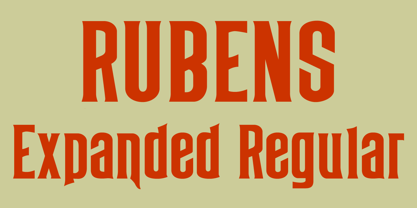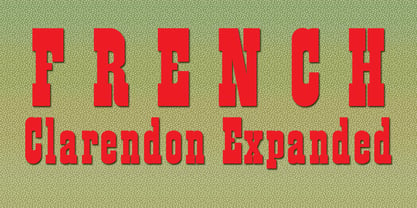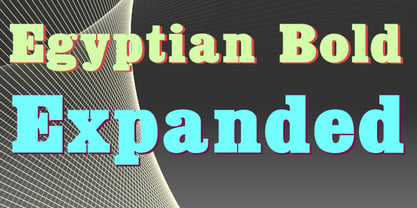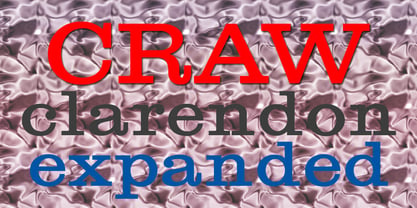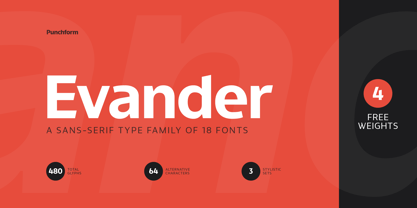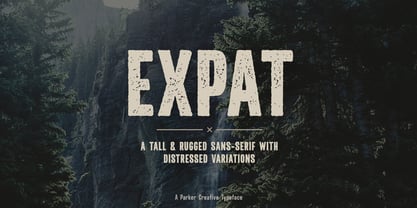5,376 search results
(0.232 seconds)
- Rubens Expanded Regular by Wooden Type Fonts,
$15.00 - Antique Wells Expanded by Wooden Type Fonts,
$15.00 - French Clarendon Expanded by Wooden Type Fonts,
$20.00 - Egyptian Bold Expanded by Wooden Type Fonts,
$15.00 - Craw Clarendon Expanded by Wooden Type Fonts,
$15.00 - P22 Tuscan Expanded by IHOF,
$24.95 - Century Expanded LT by Linotype,
$29.99 - Evander by Punchform,
$29.00 - Expat by Parker Creative,
$18.00 - GotischeMajuskel - Unknown license
- Oliandre Demo - Personal use only
- Rotterdam Demo - Personal use only
- Argithea DEMO - Personal use only
- Melonday Demo - Personal use only
- Platthand Demo - Unknown license
- Caswallon Demo - Unknown license
- Clairveaux Demo - Unknown license
- Carmilla Demo - Unknown license
- Guede Demo - Unknown license
- HaydenPanettiereBats demo - Unknown license
- Hendrix Demo - Unknown license
- Azariel Demo - Unknown license
- Hesperides Demo - Unknown license
- Hadrianus Demo - Unknown license
- Zahariel Demo - Unknown license
- Padstow Demo - Unknown license
- Butterfield Demo - Unknown license
- Morgow Demo - Unknown license
- Interlude Demo - Unknown license
- Wanax Demo - Unknown license
- Jerash Demo - Unknown license
- Roughwork Demo - Unknown license
- Isfahan Demo - Unknown license
- Alecto Demo - Unknown license
- Gaheris Demo - Unknown license
- Ithuriel Demo - Unknown license
- Dementia Demo - Unknown license
- Paleos Demo - Unknown license
- Ekberg Demo - Unknown license
- Pullman Demo - Unknown license
